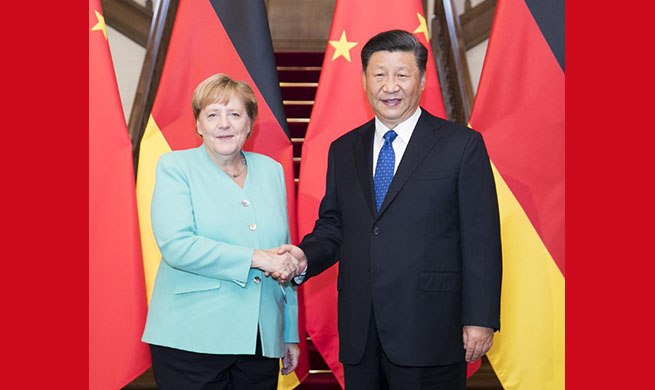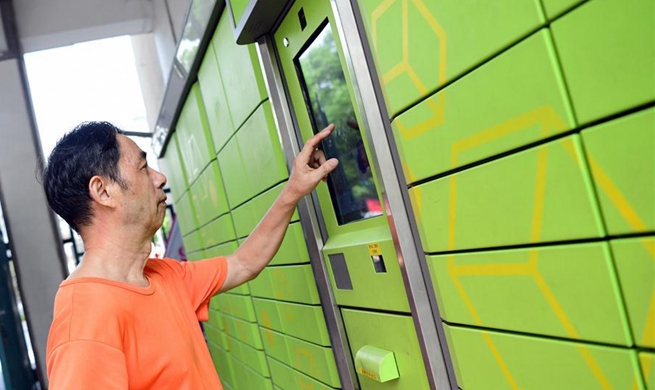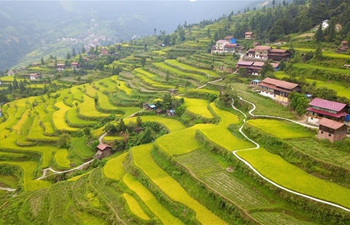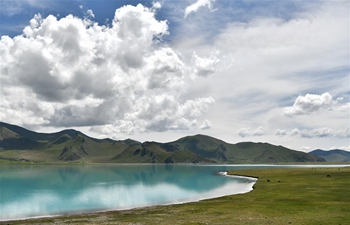GENEVA, Sept. 6 (Xinhua) -- The raging Ebola outbreak in the Democratic Republic of the Congo (DRC) remains substantial, with newly emerging hotspots and sustained local transmission posing added risks of regional spread, the World Health Organization (WHO) said on Friday.
Though hotspots such as Beni Health Zone show signs of easing, new hotspots are emerging elsewhere during the past 20 plus days, the WHO said. And due to limited access and insecurity in the emerging clusters within some of the health zones, the Ebola response activities have been somewhat hindered.
Meanwhile, sustained local transmission in health zones in Mutwanga of northeastern DRC bordering Uganda, and Kayna, as well as on the shores of Lake Edward and Ugandan border, is posing added risks of regional spread, the WHO added.
Last week, a young child who was exposed and developed symptoms in Mutwanga Health Zone was immediately transported to an Ebola Treatment Center in Bwera, Uganda, where she was provided with care but unfortunately died shortly after arrival.
The WHO said there have not been any further cases confirmed in Uganda to date, though a limited number of potential contacts of the child are currently under surveillance.
According to the DRC's Strategic Response Plan against the current Ebola outbreak, the estimated funding requirement for the period July to December 2019 is 287 million U.S. dollars, including 120 to 140 million dollars for the WHO.
However, as of Friday, the WHO has just received 45.3 million dollars, with current available funds only capable of closing the financing gap until the end of September.
The total Ebola cases in the DRC has reached more than 3,050 by Wednesday, causing some 2,050 deaths, according the WHO. Cases have been reported from 29 health zones since the beginning of this outbreak, of which 17 health zones reported new cases in the last 21 days.
The last assessment by the WHO was in early August, which concluded that the national and regional risk levels remain very high, while global risk levels remain low.

















